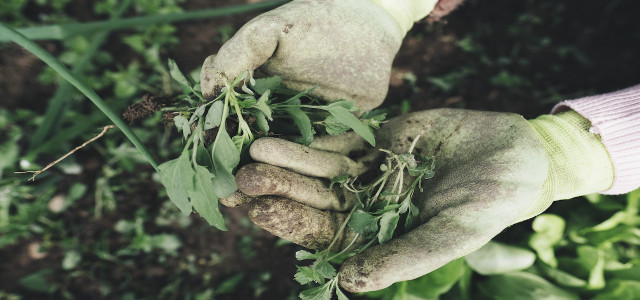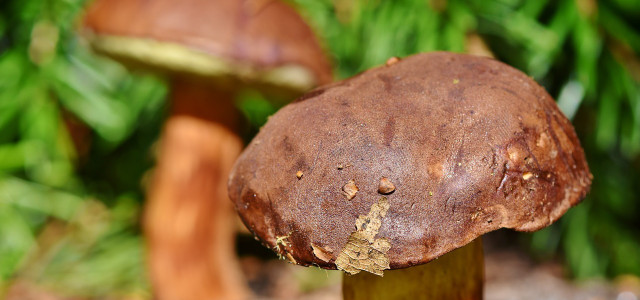Discover the hidden world of wild edible plants in city environments with our guide to urban foraging! Learn about the benefits and challenges of this practice.
Did you know a hidden world of wild edible plants is waiting to be discovered in urban environments? In this guide, we’ll introduce you to the art of urban foraging, providing tips, safety guidelines, plant identification techniques and information on sustainable and responsible harvesting practices.
Considerations of Urban Foraging
Let’s start with the benefits of urban foraging. First and foremost, it gives you access to fresh, organic food without spending a dime. You can source nutritious ingredients with unique flavors not commonly found in commercial produce. Plus, urban foraging helps reduce waste by using edible plants that would otherwise go uneaten, reducing the demand for commercially grown produce that often requires extensive resources.
Engaging in urban foraging also allows you to develop a deeper connection with your environment. As you search for edible plants and explore your surroundings, you become more attuned to the intricate details of your environment, such as the changing seasons, biodiversity, and the interplay between different species. It’s a beautiful way to cultivate a sense of place and environmental stewardship.
There are also legal regulations in place to protect public spaces, private property rights, and natural resources. It’s crucial to understand the ownership and regulations pertaining to the land you intend to forage on. Take the time to familiarize yourself with the local laws and regulations to ensure compliance, as some urban areas may have protected plant species that are off-limits for foraging.
Finally, when engaging in urban foraging, it’s essential to practice ethical harvesting. This means being mindful of the overall health and vitality of plant populations and ecosystems. Leave enough plants behind for their survival and reproduction and for other foragers and wildlife that rely on these resources.
Urban Foraging Safety Guidelines
- NEVER eat a plant unless you’re 100% sure it’s what it is. Some plants may have toxic look-alikes that can pose significant health hazards.
- Avoid plants that grow near busy highways, industrial zones, or places with potential chemical contamination. Instead, focus on green spaces, parks, and community gardens.
- Follow proper cooking or preparation methods as recommended for each plant to maximize safety, and thoroughly wash foraged plants with clean water before consumption.
Urban Foraging Hotspots and Techniques
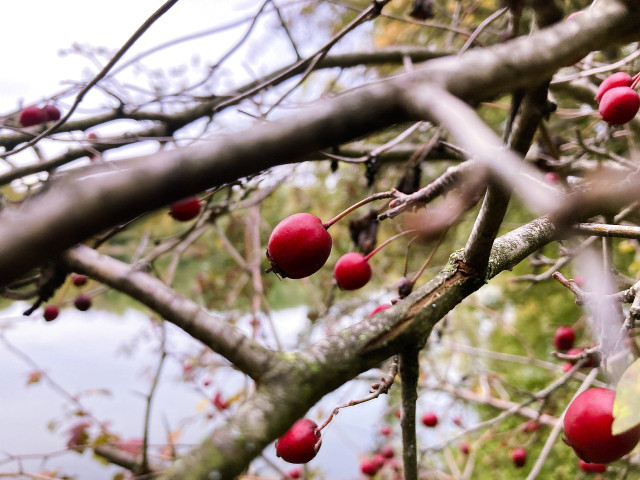


Many city parks or gardens are home to edible plants. From fruit trees and berries to wild greens, these green spaces can offer a bountiful harvest for urban foragers. However, it’s essential to respect park rules and avoid foraging in protected areas or areas designated for recreational use only. Always remember to ask for permission when needed.
Collaborative gardening spaces are also fantastic places to explore edible plants. These community-driven gardens often cultivate a variety of plants, creating a welcoming environment for foragers like yourself.
Sometimes, unexpected edible goldmines can be found in neglected or abandoned areas where nature has been allowed to reclaim its territory. However, it’s crucial to exercise caution in these situations. Before urban foraging in abandoned lots, please take the time to verify their safety in terms of pollutants and the legality of being in these areas. It’s important to prioritize your well-being and adhere to any local regulations above all else.
Here are some urban foraging tips and techniques:
- Fruit Tree Gleaning: Many cities have fruit trees growing in public spaces or even in private gardens that are accessible to the public. When necessary, seek permission from the relevant authorities or property owners. Once you have the go-ahead, keep an eye out for ripe fruits that would otherwise go to waste. By gathering these fruits, you not only enjoy a delicious treat but also reduce food waste and make good use of the available resources.
- Seed Collecting: Urban foraging doesn’t mean you have to find things to eat immediately. Wild plants can be a fantastic source of seeds for your own garden. Take the opportunity to gather seeds from these plants and propagate them in your garden. You can also share them with local gardening initiatives, fostering a sense of community and contributing to the growth of green spaces around you.
- Urban Mushroom Foraging: If you’re interested in mushroom foraging, it’s crucial to develop a deep understanding of mushroom identification. Consider joining local mycology clubs or seeking guidance from experienced foragers. Focus on well-known edible types of wild mushrooms and avoid consuming any mushrooms that you cannot confidently identify. Mushroom foraging can be a rewarding and exciting adventure, but it requires caution and knowledge to ensure a safe and enjoyable experience.
How to Safely Go Urban Foraging
1. Research and gather information about the plants in your area
- Use local field guides, plant identification books, or online resources that are specific to your area.
- Reach out to local foraging groups, botanical societies, or nature centers for local knowledge.
- Attending foraging classes or walking with experts can help you learn more about your area.
2. Make use of digital resources
- Online platforms and databases can be handy for plant identification and foraging information.
- Websites or plant identification apps like iNaturalist can help you search for specific plant species and learn about their distributions and edible uses.
- Try to diversify your sources and include real people’s advice as image recognition technology isn’t always perfect.
3. Get some hands-on learning
- Visit farmers’ markets or events related to sustainable living, gardening, or permaculture.
- Interacting with local growers, farmers, and vendors can give you valuable insights into what’s grown and available in your area.
- Visit nearby botanical gardens or arboretums. These are great places to explore various plant species and learn about their edibility.
- Study plant morphology, leaf shapes and flower structures. This will help you identify edible plants more easily in the field.
Remember: Always be cautious and verify the accuracy of any information you come across. Consult multiple sources and experts to confirm the identification and edibility of plants before consuming them.
To get you started, here are 5 easily recognizable plants commonly found in urban environments across the US:
1. Urban Foraging for Dandelion



You’ve almost certainly seen Taraxacum officinale all over the place! It may surprise you to know that dandelions are entirely edible, from the leaves and flowers to the roots, offering a range of culinary possibilities.
Appearance:
- Long, pointy leaves that grow in a circle close to the ground.
- Yellow flowers with many petals on a tall, hollow stem that comes out of the middle of the circle of leaves.
- When the flowers are matured, they turn into a “blowball” with lots of white, fluffy seeds attached to a middle stick.
Uses:
- Dandelion leaves are full of vitamins and minerals and can be put in salads, sautés while the flowers can be used to make vegan dandelion honey, wine, or syrups.
- The leaves and roots can be made into dandelion tea.
- The root can be roasted and turned into a drink that tastes like coffee.
- Dandelions may also be able to support kidney and liver function and the root may provide digestive support.
Dandelions may be thought of as a weed, but they are extremely ecologically important. They provide sustenance to early pollinators, improve soil structure and health, and serve as a food source for wildlife.
2. Purslane
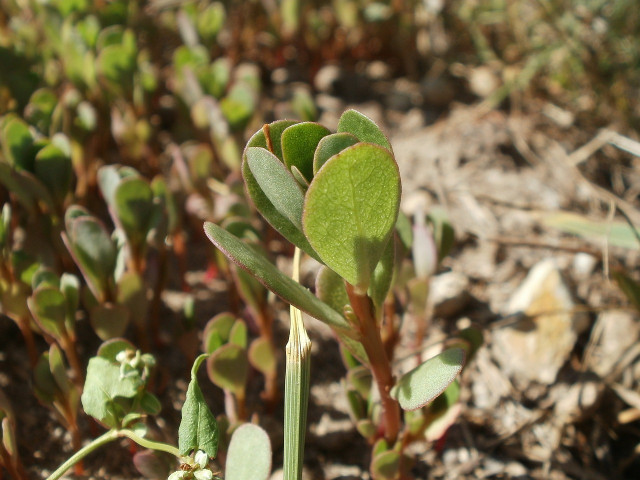


Portulaca oleracea, commonly known as purslane, is an edible succulent plant that is found around the world. It’s a versatile ingredient that adds a nutritious twist to your dishes.
Appearance:
- Short with thick stems and big, juicy leaves that can be green or reddish-green.
- Grows close to the ground.
- Yellow flowers that bloom in the summer.
Uses:
- Purslane leaves and stems are edible. They have a tangy, lemony flavor and crisp texture.
- They can be eaten raw in salads, added to sandwiches, or cooked lightly.
- Purslane is rich in nutrients such as vitamins A, C, and E, minerals like potassium, magnesium, and calcium, omega-3 fatty acids, and antioxidants.
- Used in various cuisines worldwide, including Mediterranean, Middle Eastern, and Asian, and can be found in dishes like stews, soups, pickles, and pies.
- Purslane has also been used in traditional medicine for digestive issues, inflammation, and skin ailments.
Purslane is a tough plant that can survive in dry conditions due to its water-storing capabilities. It can also help control soil erosion and attract pollinators such as bees and butterflies.
3. Lamb’s Quarters
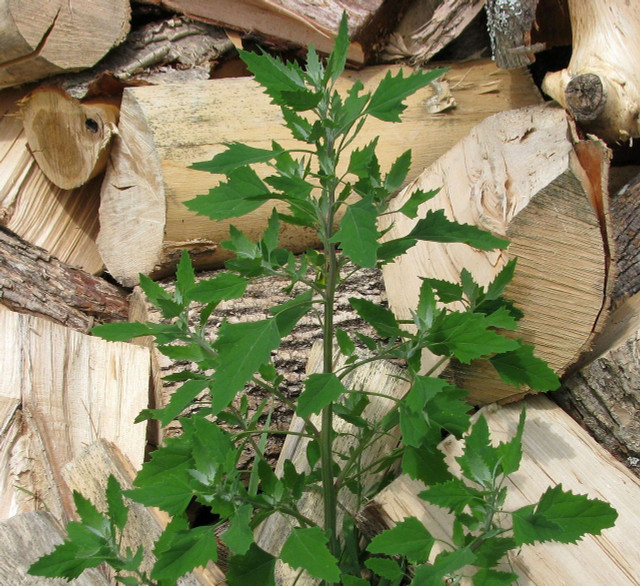


Chenopodium album, commonly known as lamb’s quarters, wild spinach, or white goosefoot, is a leafy green plant found in gardens and along urban paths. Lamb’s quarters leaves are highly nutritious and can be a fantastic addition to your meals.
Appearance:
- Grows upright with reddish or green stems and triangular or diamond-shaped leaves with wavy margins.
- Flowers are small and inconspicuous and can be green or reddish in color.
Uses:
- The young and tender leaves have a mild and slightly tangy flavor similar to spinach, meaning it can be used as a substitute for spinach in many recipes.
- This food has many vitamins and minerals like vitamin A, vitamin C, calcium, iron, and magnesium.
- The seeds are very high in protein and can be used to make flour and bread! Fun fact: the name “lamb’s quarters” came from the idea that it was as nutritious as a leg of lamb.
- Lamb’s quarters has a history of use in traditional medicine to treat insect bites and sunburns.
Lamb’s quarters also provide ecological benefits, such as improving soil structure and providing a food source and habitat for wildlife.
4. Urban Foraging for Chickweed
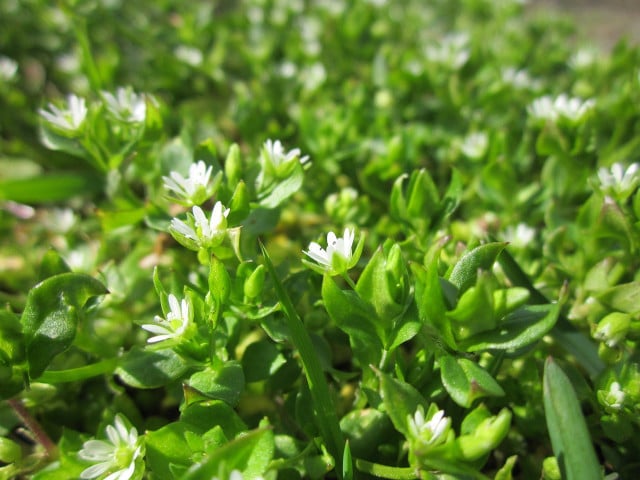


Chickweed, scientifically known as Stellaria media, is a delightful little flowering plant that’s not only edible but also quite versatile. Although native to Europe, it has made its way to various parts of the world, including the United States.
Appearance:
- Low-growing, typically forming dense mats or clusters.
- Sender, green stems that reach lengths of up to 16 inches.
- Small, pale green, and elliptical leaves with a pointed tip and a delicate, soft texture.
- Small, white, star-shaped flowers with five-lobed petals that bloom from spring to early summer.
Uses:
- Chickweed’s tender leaves, stems, and young shoots are edible with a mild, slightly sweet flavor and crisp texture, ideal to be eaten raw in salads, or on sandwiches.
- The leaves are nutritious as they contain vitamins A and C, minerals like calcium, magnesium, and potassium, antioxidants, and are low in calories.
- Chickweed is used in different cuisines globally, added to soups and teas or used in traditional dishes in some cultures.
Chickweed also offers ecological benefits, such as soil cover and erosion control, and serves as a food source for wildlife. The history of chickweed is rich in magic and legends, rooted in folklore and legends. In European folklore and magic, it was thought that carrying a sprig of Chickweed would make one’s intended beau or mate more loyal.
5. Elderberry



Elderberries, or Sambucus spp., are small tart summer fruits with a wide range of uses. While there are approximately 200 species of elderberry worldwide, only four are commonly found in North America. So, before you head out urban foraging, learn how to find and harvest elderberries properly.
Appearance:
- Small trees that can grow up to 10 meters in height and are normally multi-stemmed, often forming dense clusters or thickets.
- The leaves are usually dark green in color and have an elongated oval shape.
- Fragrant, creamy white flowers that attract pollinators and develop into clusters of small, juicy, dark purple or black berries.
Uses:
- The dark, ripe berries are edible, offering a rich, slightly tart flavor.
- Elderberries are used to make delicious jams, jellies, pies, syrups, and cordials.
- They are also high in antioxidants, especially anthocyanins, and also contain vitamins A and C, potassium, and iron.
- Elderberries have been praised for their immune-boosting and anti-inflammatory properties. However, more scientific research is needed to validate these potential benefits.
Elderberry plants have ecological benefits as they attract beneficial insects, provide food and shelter for wildlife, and contribute to biodiversity.
Read more:
- Can You Beat the 30 Plants a Week Challenge?
- Fertilize Your Basil Like a Pro: Tips for Growing Healthy, Vibrant Herbs
- Urban Gardening: 6 Creative Tips and Ideas for Small City Gardens
Do you like this post?







